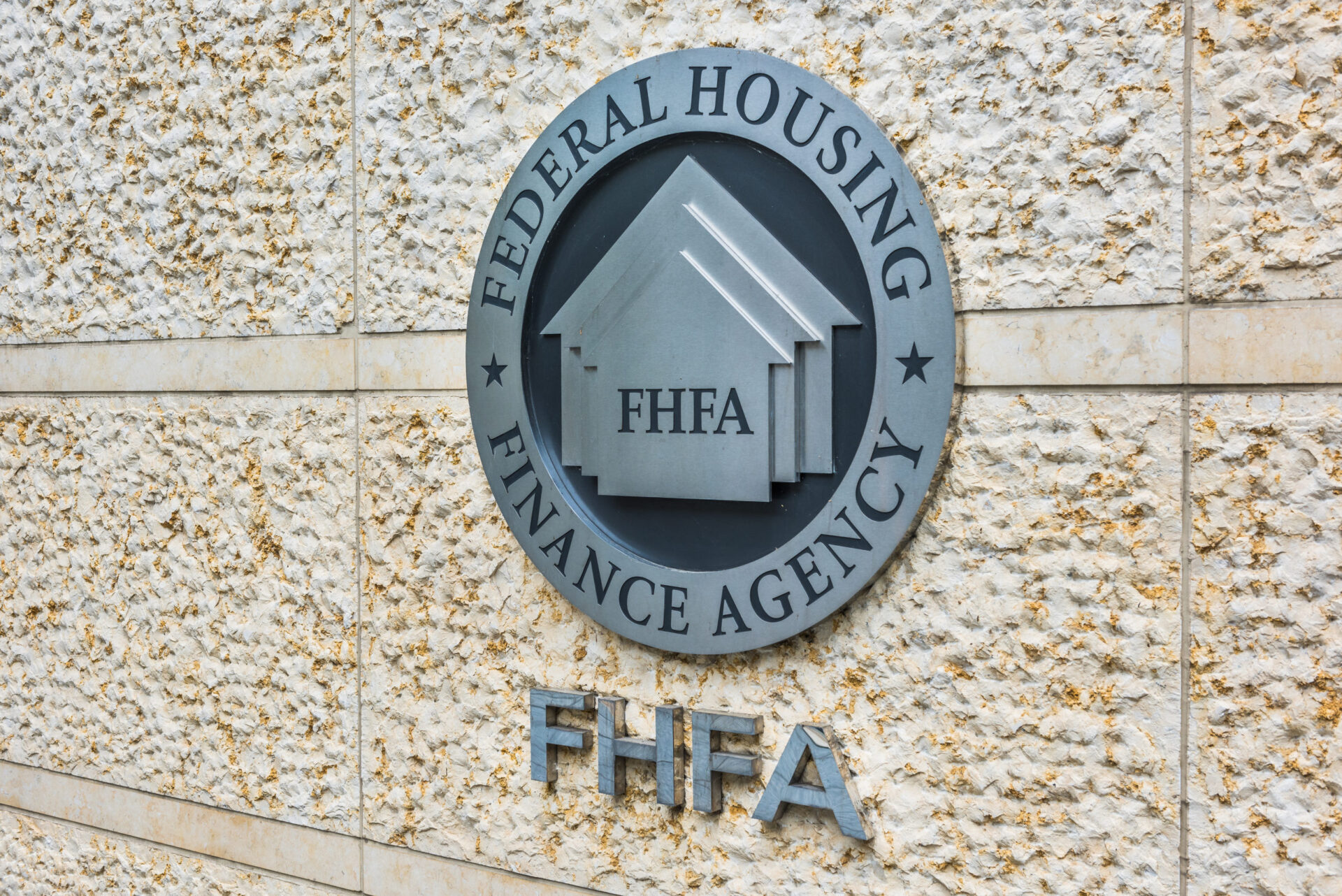The Federal Housing Finance Agency announced Wednesday that it will allow Fannie and Freddie to purchase some single-family mortgages in forbearance in an attempt to support the liquidity of mortgage lenders during the coronavirus pandemic.
FHFA took action in response to borrowers seeking mortgage forbearance shortly after closing on loans – and before the lender could deliver the loan to Fannie Mae or Freddie Mac (GSEs). Prior to Wednesday’s change, loans in forbearance were ineligible to be sold under Fannie and Freddie requirements, placing the borrower and the lender in jeopardy.
“We are focused on keeping the mortgage market working for current and future homeowners during these challenging times,” FHFA Director Mark Calabria said. “Purchases of these previously ineligible loans will help provide liquidity to mortgage markets and allow originators to keep lending.”
Industry Reaction
The Mortgage Bankers Association offered tepid support for the announcement but said federal regulators must provide more support – and should include cash-out refinances under the new rules.
“We welcome the change in policy that directs the GSEs to purchase most loans in forbearance, providing needed liquidity for lenders who provide sustainable mortgage options to borrowers,” MBA President and CEO Robert D. Broeksmit said. “More work needs to be done to ensure that the details of the forbearance policy do not constrain credit availability. We will continue working with FHFA and the GSEs to arrive at more appropriate pricing and broad coverage for all transactions.”
MBS Highway President and CEO Barry Habib discussed the scenarios lenders – and borrowers – are facing in a Facebook Live with the Association of Independent Mortgage Experts. He warned that lenders may be incentivized to hold on to new loans and potentially ruin borrowers’ credit, unless more federal protection is enacted.
Habib presented a scenario in which a servicer issues a loan and makes 50 basis points on the deal. “If a loan went bad on a first-payment default because they needed forbearance or they’re gaming the system … so on a $300,000 loan, you risk losing $21,000 to make $1,500,” he said. “That isn’t a sustainable business model.”
“I think lenders are going say you know what, we gotta advance the payment on a good percentage of them anyway,” he said. “If we close the loan but don’t yet sell it and wait for that first payment comes in, they’re not eligible for forbearance because it’s not yet a government loan. So you wait, if collect the first payment, great, you sell it. If you don’t collect the first payment, then guess what you do? You destroy their credit and you start foreclosure proceedings almost immediately. That’s what I think is going to happen.”
MBA’s Broeksmit said, “Lenders have already been forced to increase costs and tighten underwriting requirements to account for situations in which they cannot sell loans due to borrowers availing themselves of the forbearance options that FHFA introduced. The pricing regime announced today is likely to perpetuate some of these more restrictive credit terms.”
CARES Act
The $2 trillion CARES Act comes with significant benefits for homeowners who are unable to make their mortgage payments, most notably a moratorium on foreclosures and the right to forbearance. Forbearance allows borrowers with a federally backed mortgage to put off payments for at least six months if they suffer economic hardship during the pandemic.
However, lenders are required to repay creditors – creating a liquidity shortfall if borrowers aren’t making payments.
The Mortgage Bankers Association reported that 5.95 percent of all loans were in forbearance by April 12 – up from 0.25 percent of loans in forbearance on March 2. The MBA estimates that the burden on lenders could range from $75 billion to $100 billion or higher if one-quarter of borrowers take advantage of forbearance for six months or longer.
